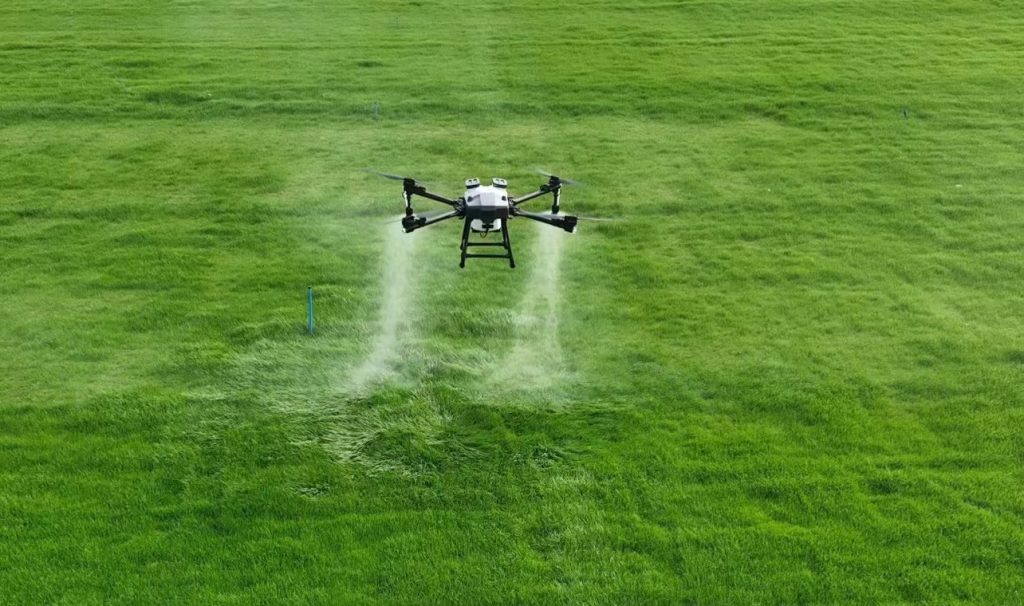
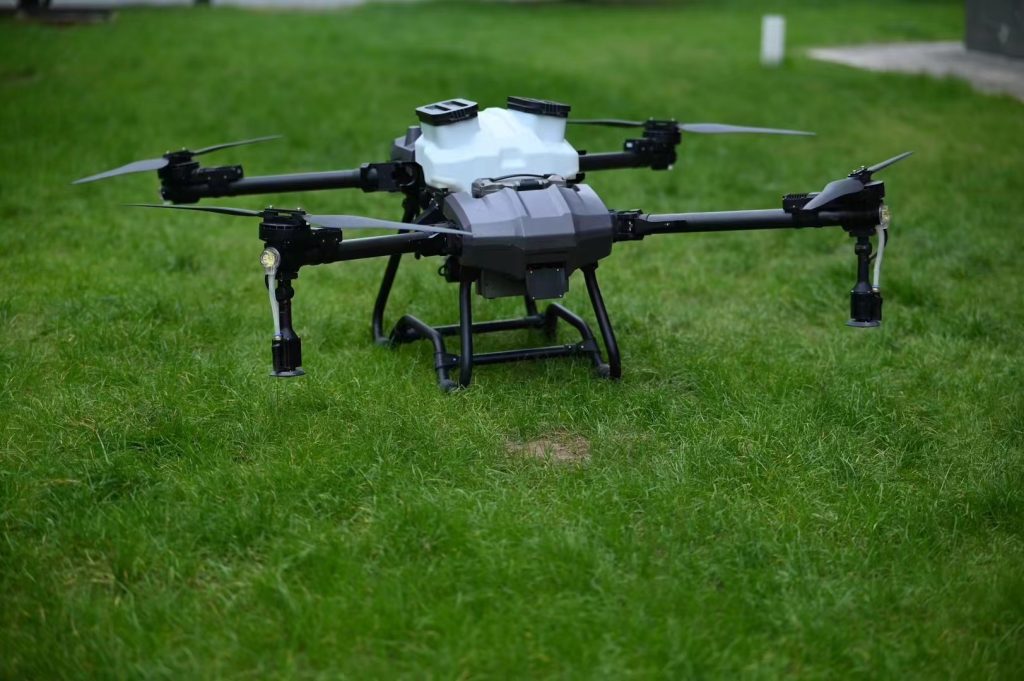
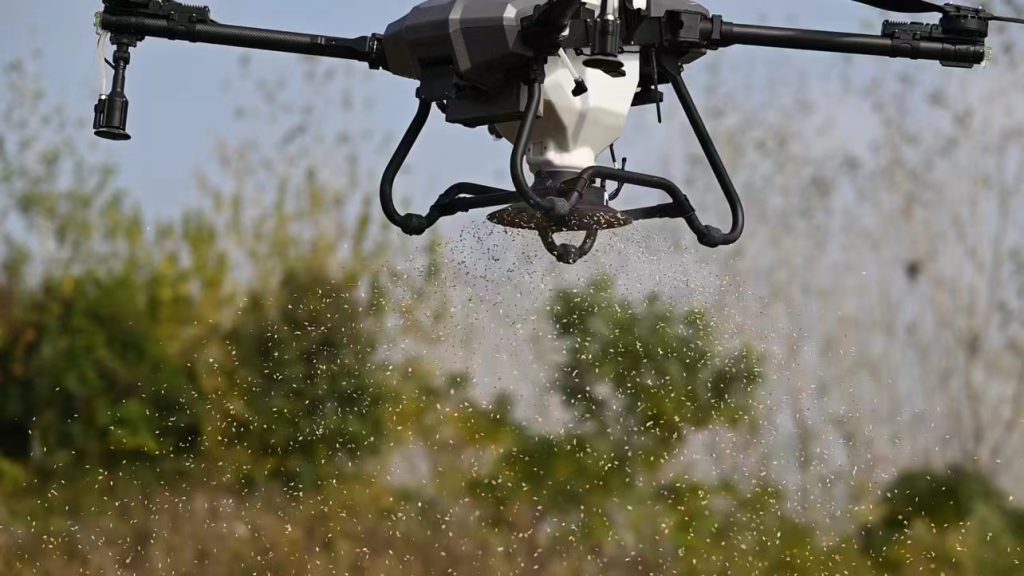
With global food demand rising and labor shortages impacting farms worldwide, innovative technologies are transforming traditional agriculture. Among these advances, pesticide spraying drones stand out for their efficiency, precision, and environmental benefits. This article explores how these unmanned aerial vehicles (UAVs) are reshaping pest management, what to consider when deploying them, and why they represent the future of sustainable farming.
—
1. What Are Pesticide Spraying Drones?
Pesticide spraying drones are remote-controlled or autonomous UAVs equipped with liquid tanks, spray nozzles, and GPS navigation systems. Unlike manned aircraft or ground sprayers, these drones can fly low and slow over crops, delivering targeted pesticide applications with centimeter-level accuracy. Typical payload capacities range from 10 to 30 liters, enabling coverage of several hectares per battery cycle.
—
2. Key Benefits
2.1 Precision Application
Reduced Chemical Use: GPS-guided flight paths and variable-rate nozzles ensure pesticides are applied only where needed, cutting chemical usage by up to 50%.
Uniform Coverage: Advanced spray-pattern controls maintain consistent droplet size and distribution, minimizing under- or over-application.
2.2 Time and Labor Savings
Rapid Deployment: A single operator can service large fields in a fraction of the time required by manual sprayers.
All-Weather Operation: Modern drones withstand wind speeds up to 10 m/s and light rain, extending the window for pest control.
2.3 Environmental and Safety Advantages
Reduced Drift: Low-altitude spraying and optimized nozzle design limit pesticide drift to non-target areas.
Operator Safety: Remote operation eliminates direct exposure to chemicals, protecting farmworkers’ health.
—
3. How It Works: From Planning to Execution
1. Field Mapping
Use satellite imagery or on-site sensors to generate a high-resolution map of the crop area.
Identify pest hotspots via drone-mounted cameras or manual scouting.
2. Flight Planning
Import the field map into flight-planning software.
Define spray zones, altitudes, speeds, and spray rates based on crop type and pest severity.
3. Pre-Flight Checks
Calibrate nozzles and confirm tank capacity.
Verify GPS signal strength, battery levels, and weather conditions.
4. Spraying Operation
Launch the drone and monitor real-time telemetry on a ground station.
The UAV follows the pre-set route, automatically adjusting spray volume according to GPS waypoints.
5. Post-Flight Analysis
Review flight logs and spray data to assess coverage uniformity.
Revisit untreated or under-sprayed areas in a follow-up mission.
—
4. Choosing the Right Drone
When selecting a pesticide spraying drone, consider:
Payload Capacity: Larger tanks reduce refill frequency but may decrease maneuverability.
Flight Time: Longer endurance allows greater coverage; typical models fly 15–30 minutes per battery.
Spray System: Look for adjustable nozzles, flow sensors, and pressure controls.
Autonomy Features: Advanced collision avoidance and automated return-to-home enhance safety.
Support and Training: Ensure access to technical support, spare parts, and operator training.
—
5. Regulatory and Safety Considerations
Pilot Certification: Many countries require drone operators to hold a UAV pilot license or certification.
Pesticide Regulations: Comply with local guidelines on approved chemicals, application rates, and buffer zones near water bodies.
Maintenance Protocols: Adhere to regular inspection schedules for batteries, motors, and spray components to prevent malfunctions.
—
6. Real-World Impact and Future Trends
Pesticide spraying drones have already demonstrated significant ROI for farms of all sizes. Studies report up to 40% reduction in labor costs and a 30% increase in crop yields due to timely pest control. Looking ahead, integration with artificial intelligence and machine learning will enable real-time pest detection, automated decision-making, and fully autonomous missions—further optimizing pesticide use and promoting sustainable agriculture.
—
Conclusion
Pesticide spraying drones offer a compelling solution to modern agricultural challenges. By combining precision application, operational efficiency, and enhanced safety, these UAVs empower farmers to protect their crops more effectively while minimizing environmental impact. As technology continues to evolve, drone-based pest management will play an increasingly vital role in securing the global food supply.





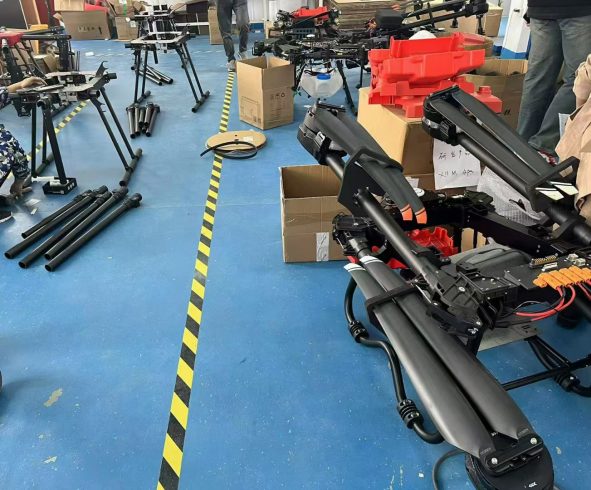


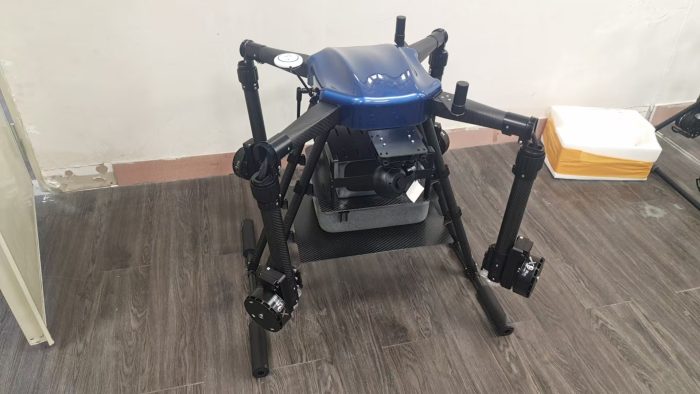
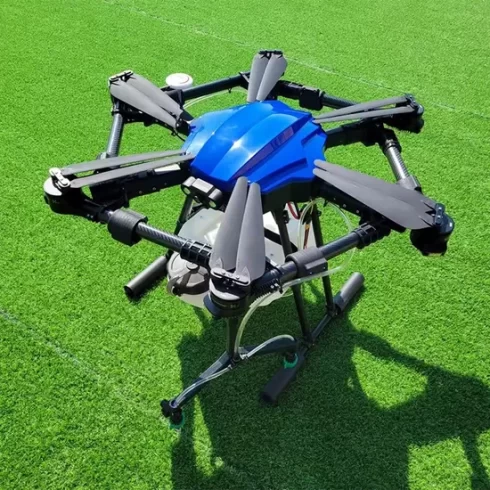
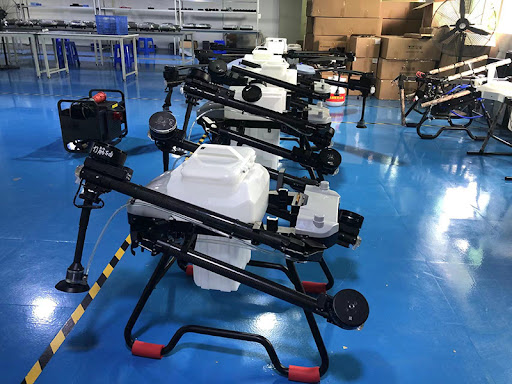

暂无评论内容